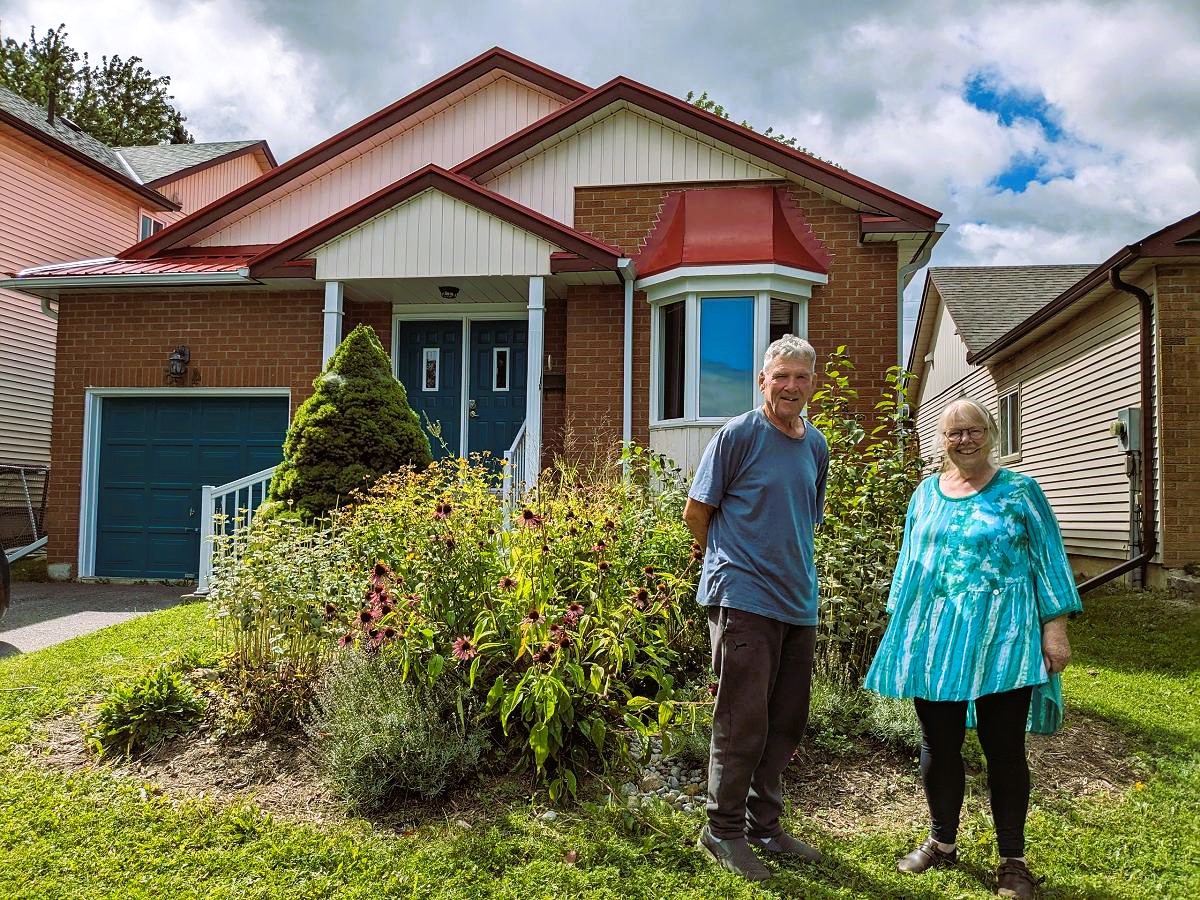In recent years, there has been a growing awareness and urgency surrounding environmental issues, prompting individuals and nations alike to take proactive measures to reduce their carbon footprint. In Canada, a significant focus has been placed on the sustainable transformation of existing homes. One key strategy employed to encourage Canadians to make their homes more energy-efficient and environmentally friendly is the implementation of rebates. This article explores the impact of rebates in motivating Canadians to green up their old homes, fostering a more sustainable living environment.
The Need for Sustainable Housing
Canada, like many other countries, faces the challenges posed by climate change, resource depletion, and environmental degradation. The residential sector, with its energy consumption and carbon emissions, plays a crucial role in contributing to these challenges. Recognizing the need for a shift towards sustainability, the Canadian government has been actively promoting initiatives to retrofit existing homes.
Retrofitting, in this context, refers to the process of upgrading homes to make them more energy-efficient and environmentally sustainable. This can involve installing energy-efficient appliances, improving insulation, upgrading windows and doors, and adopting renewable energy sources. While the benefits of retrofitting are clear, the associated costs can be a deterrent for many homeowners.
The Role of Rebates

To address the financial barriers hindering widespread home retrofitting, various levels of government in Canada have introduced rebate programs. These programs provide financial incentives to homeowners who undertake eco-friendly renovations, making sustainability more accessible and affordable. Rebates can cover a portion of the costs associated with energy-efficient upgrades, making them an attractive option for those considering home improvements.
The Impact on Homeowners
Rebates have proven to be a powerful motivator for homeowners to invest in green upgrades. Financial incentives help to offset the initial costs of retrofitting, making it a more feasible and attractive option for a broader range of Canadians. This not only benefits the environment but also stimulates the economy by encouraging spending on sustainable home improvement projects.
Moreover, the long-term savings resulting from energy-efficient upgrades contribute to the appeal of retrofitting. Homeowners can experience reduced utility bills, leading to substantial savings over time. This economic incentive, combined with the positive environmental impact, creates a win-win situation for homeowners and the broader community. Read on for our tips on finding and hiring reliable window installation services.
Government Initiatives and Programs
The Canadian government, at both federal and provincial levels, has been actively involved in promoting sustainable home retrofitting through various programs and initiatives. These initiatives include grants, tax incentives, and, notably, rebate programs. By partnering with local authorities and organizations, the government aims to create a comprehensive framework that supports and incentivizes Canadians to adopt more sustainable practices in their homes.
Examples of Successful Rebate Programs
Several provinces in Canada have implemented successful rebate programs to encourage homeowners to invest in eco-friendly upgrades. For instance, the Home Energy Conservation Program in Ontario provides financial incentives to homeowners who undertake energy-efficient renovations, such as improving insulation or upgrading heating systems. Similarly, the LiveSmart BC program in British Columbia offers rebates for various home improvements that enhance energy efficiency.
Challenges and Future Considerations

While rebate programs have proven effective in encouraging sustainable home renovations, challenges persist. Ensuring the accessibility of these programs to a diverse range of homeowners, addressing potential fraud, and continuously adapting to emerging technologies are ongoing considerations for policymakers. Additionally, the need for a comprehensive, nationwide approach to sustainability in housing remains crucial for creating a lasting impact.
Conclusion
Rebates play a pivotal role in motivating Canadians to transform their old homes into energy-efficient, sustainable spaces. By addressing financial barriers and providing tangible incentives, these programs contribute to the broader goal of fostering environmentally conscious living. As individuals and communities continue to embrace sustainable practices, the impact on both the environment and the economy is substantial.
To learn more about the standardization and regulations related to sustainable housing practices in Canada, you can refer to the official website of the Standards Council of Canada (SCC): Standards Council of Canada.
In conclusion, as Canada strives for a more sustainable future, rebates emerge as a crucial tool in empowering homeowners to take meaningful steps towards green living, contributing to a more environmentally conscious and resilient nation.




